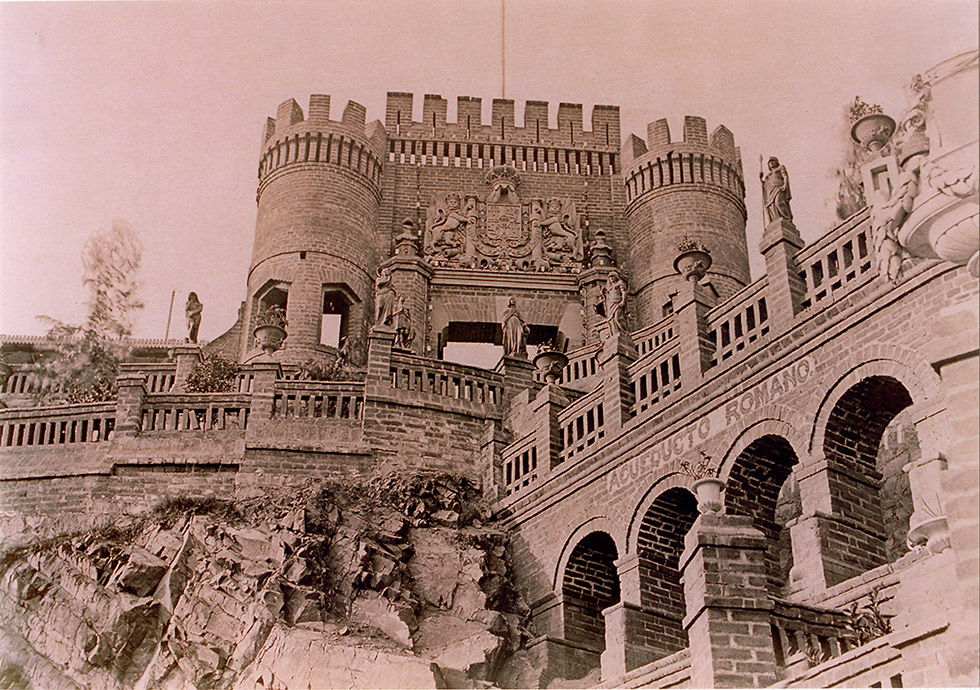
Services:
- Disabled access
- Guided visits
- Floor map
- Public transport
Opening times:
Admission:
About the institution

Picture from the Santa Lucía Album made by Benjamín Vicuña Mackenna in 1874.
Although also a politician, who ran for president, and a historian and writer, Benjamín Vicuña Mackenna (1831-1886) is best remembered as Santiago’s City Governor, a post he held between 1872 and 1875. His plan to modernize the city and make it the “Paris of the Americas” included the canalization of the River Mapocho and the transformation of the city’s Santa Lucía Hill, then a dusty outcrop of rock, into the park with paths, terraces and statues that it still is today. The Museum that now recalls his life and work was founded in 1947, due largely to the efforts of Vicuña Mackenna's grandson, Eugenio Orrego Vicuña. However, it did not officially open until 1957.
The building
The Museum, on the street named after Vicuña Mackenna, is housed in a building on the site where he once had his house. All that remains of the original house, built in around 1871, is the part where Vicuña Mackenna worked, including his library, which can still be seen much as it was in his time. It was declared a National Monument in 1992.
Inside the Museum
The Museum traces the life of Vicuña Mackenna through three rooms that also provide an insight into the political and social elite of which he was a member as well as showing the development of Santiago. Its collection includes:
- Furniture owned by Vicuña Mackenna, including his bed
- Paintings, including one of his burial on Santa Lucía Hill
- Portraits of Vicuña Mackenna, his wife and other leading figures of the time
- Statues and busts
- Personal and household items.
In addition, the Library contains over 10,000 volumes, including Vicuña Mackenna’s own library and those of his son-in law, Luis Orrego Luco, and grandson Eugenio Orrego Vicuña. It also includes copies of his writings and those of his contemporaries.




